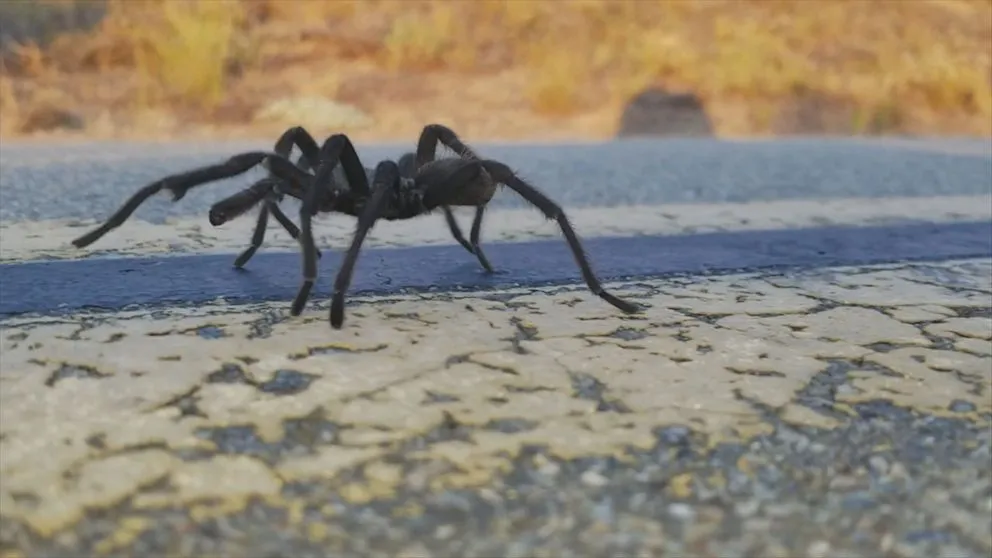What are California Tarantulas
California tarantulas, belonging to the Theraphosidae family, are large, hairy spiders native to the southwestern United States. These impressive arachnids are a fascinating part of California’s diverse ecosystem. They are often encountered by hikers and outdoor enthusiasts, and their presence adds to the rich biodiversity of the region. These spiders are not just enormous; they are also relatively long-lived compared to other spider species, with females often surviving for decades in the wild. They play a critical role in controlling insect populations and are a vital part of the local food web.
Appearance of California Tarantulas
California tarantulas are easily recognizable due to their size and hairy appearance. Their bodies are typically covered in brown to black hairs, providing excellent camouflage in their natural habitat. These spiders are built for both stealth and strength, with robust bodies and powerful legs. These features allow them to be effective predators and to navigate their environment with ease. The appearance of the California tarantula is a testament to its evolutionary adaptation, a perfect balance of form and function that enables survival in a challenging environment.
Size and Coloration
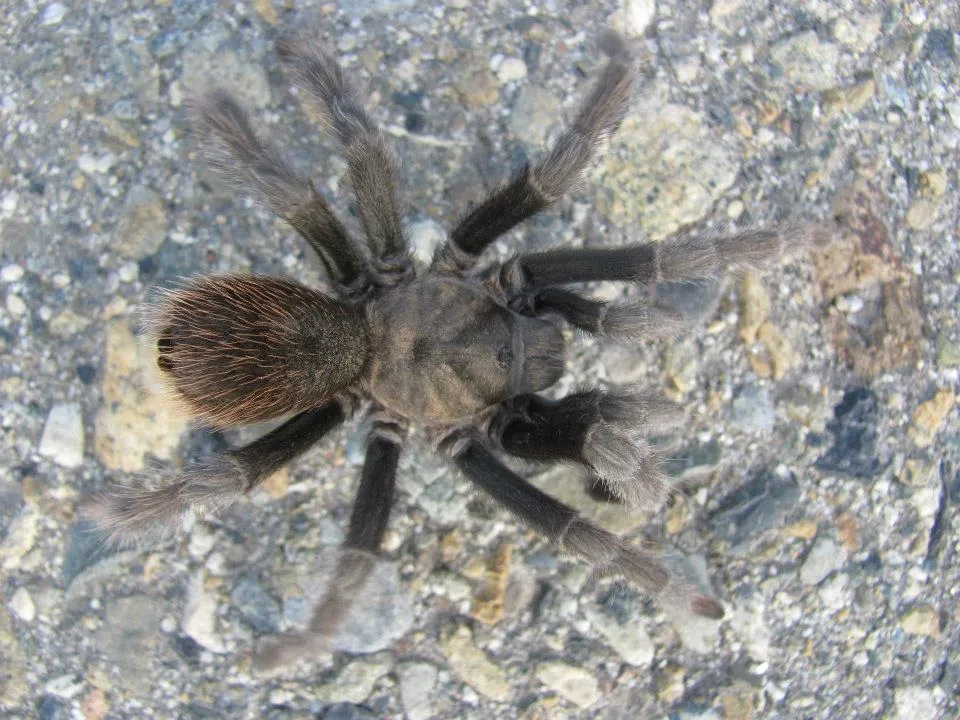
The size of California tarantulas is quite striking, with body lengths ranging from 1 to 3 inches, and leg spans that can reach up to 6 inches or more. Coloration varies depending on the species and individual, but most exhibit shades of brown, black, and sometimes reddish hues. The color helps them blend in with the environment, making them less visible to both predators and prey. Their size makes them one of the largest spiders in North America, which contributes to their intimidating yet intriguing presence.
Distinguishing Features
Key distinguishing features of California tarantulas include their large size, hairy bodies, and the presence of chelicerae (fangs) used for injecting venom. They have eight eyes arranged in two rows, though their vision isn’t as sharp as some other predators. Their legs are covered in sensory hairs, enabling them to detect vibrations and movements in their surroundings. These attributes allow the tarantulas to effectively hunt and navigate in their environment. They also possess urticating hairs on their abdomen, which they can flick towards predators as a defense mechanism.
Habitat and Distribution of California Tarantulas
California tarantulas are primarily found in the southwestern United States, particularly in California. Their habitat preference plays a vital role in their survival. The availability of suitable habitats, such as grasslands, scrublands, and open woodlands, is crucial. These regions provide the necessary conditions for these spiders to thrive. Understanding their distribution helps conservation efforts, ensuring these fascinating creatures continue to flourish in their natural environments.
Where do they live
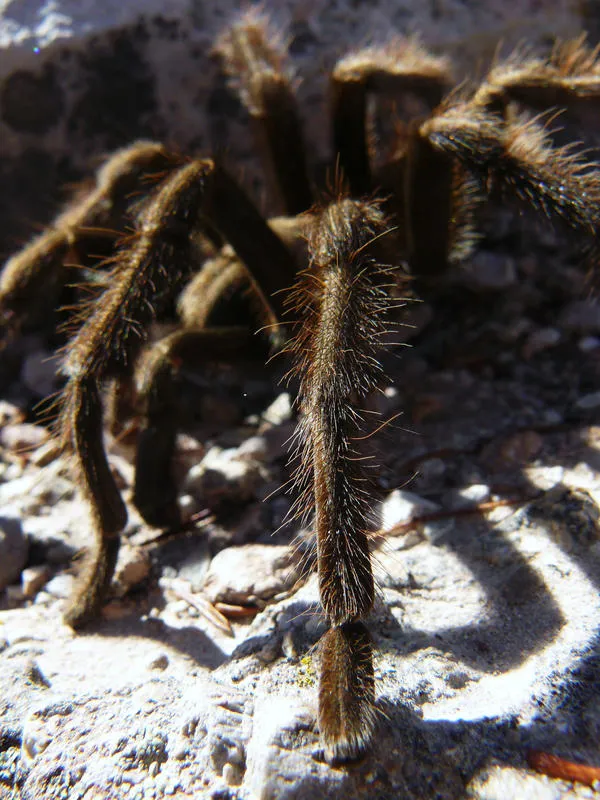
These tarantulas prefer to live in burrows that they either dig themselves or find pre-existing ones, such as those abandoned by rodents. These burrows provide shelter from the sun, predators, and extreme temperatures. They are typically found in areas with well-drained soil, which facilitates burrow construction and provides a suitable environment for raising their young. The location of their habitat is often dictated by the availability of prey and the presence of suitable shelter.
Preferred Habitats
California tarantulas favor habitats that offer both shelter and an abundance of food sources. Grasslands, chaparral, and open woodlands are ideal environments. These habitats offer a range of insects, such as crickets, beetles, and other spiders, which are part of the tarantula’s diet. They often avoid dense forests, instead choosing areas with open ground where they can easily hunt and construct their burrows. The type of habitat is crucial for their well-being.
Behavior and Lifestyle of California Tarantulas
The behavior and lifestyle of California tarantulas are fascinating, revealing a lot about their adaptations to their environment. Their hunting strategies, burrowing habits, and interactions with other species highlight their survival skills. Their behaviors are meticulously adapted to maximize their chances of survival. These details help us better appreciate the complex ecological role of these spiders.
Hunting and Diet

California tarantulas are primarily nocturnal hunters, ambushing their prey from their burrows. Their diet consists of various insects, small reptiles, and sometimes even small mammals. They use their fangs to inject venom, which paralyzes their prey. This venom breaks down the prey’s tissues, enabling the tarantula to suck up the liquefied meal. Their hunting methods are carefully adapted, showcasing an effective approach to survival.
Webs and Burrows
While not web-builders in the traditional sense, California tarantulas create silk-lined burrows to live in. These burrows offer protection from the elements and predators. The silk is also used to detect prey, as vibrations from passing insects are readily felt. Their burrows are usually located in the soil and can extend several inches deep. The strategic use of webs and burrows is an excellent example of their adaptability.
Life Cycle of California Tarantulas
The life cycle of the California tarantula is a long, complex process, including mating, egg laying, and the development of spiderlings. Each stage is critical, contributing to the species’ survival. Understanding their lifecycle reveals the fragility and resilience of these creatures.
Mating Rituals
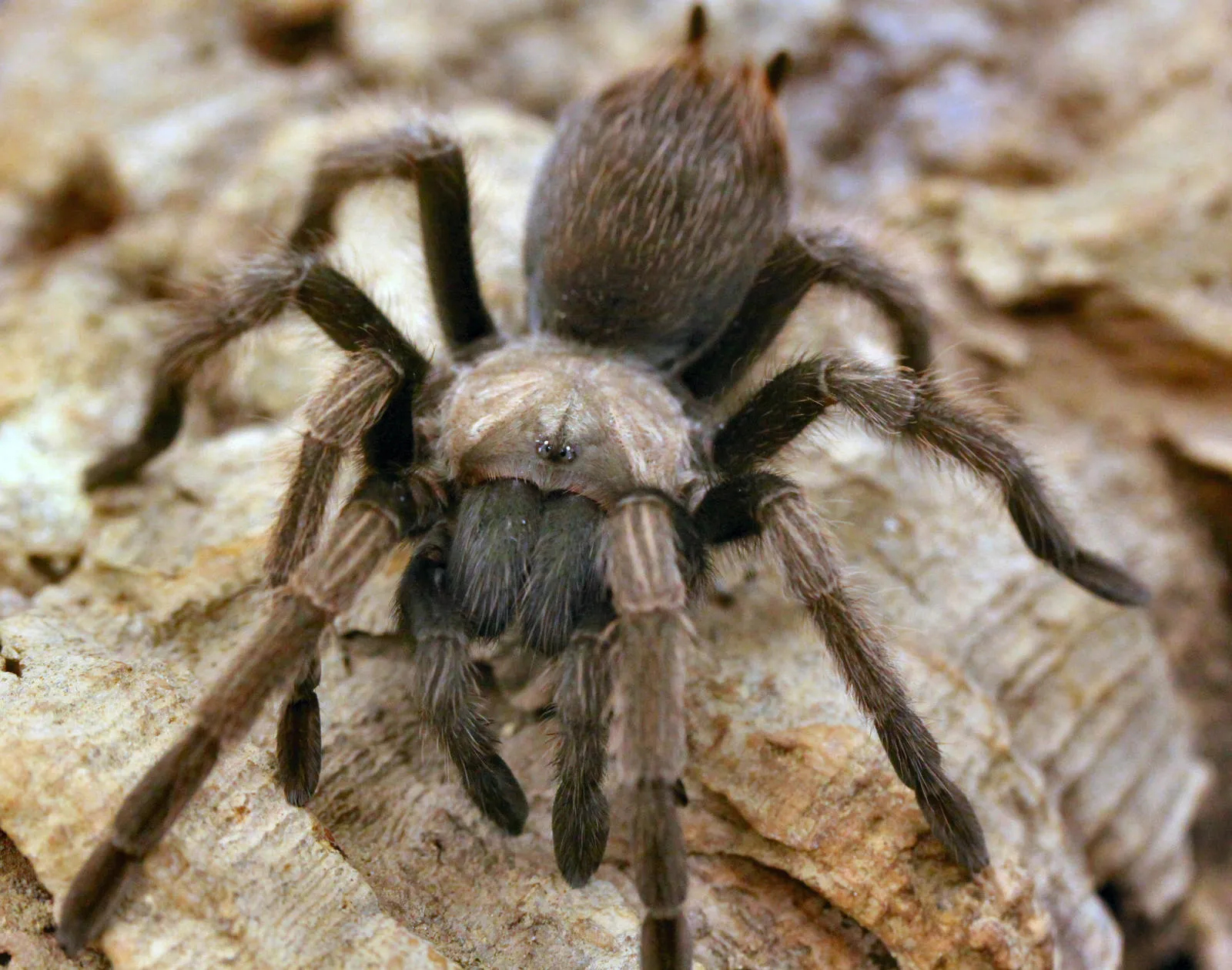
Mating season typically occurs in the fall, when males actively search for females. The males drum on the females’ burrows to signal their presence. If the female is receptive, they mate. This involves a delicate dance and careful interaction to avoid being seen as prey. Mating behaviors are crucial for species propagation, with males often dying shortly after mating.
Egg Sacs and Spiderlings
After mating, the female lays eggs in a silken sac, which she guards carefully. The number of eggs can vary, but it can be in the hundreds. The female protects the sac and, after several weeks, the eggs hatch into spiderlings. The spiderlings stay with the mother for a period, growing and developing before dispersing. The protection of the eggs and early spiderlings is essential for survival, showcasing the dedication of female tarantulas.
Venom and Danger to Humans
While California tarantulas are venomous, their venom is not typically considered life-threatening to humans. The effects of a bite vary depending on the individual and the amount of venom injected. Understanding the risks helps us treat and deal with encounters responsibly. Information about the venom and potential bites is essential to address public concerns and ensure safety.
Is the Venom Deadly
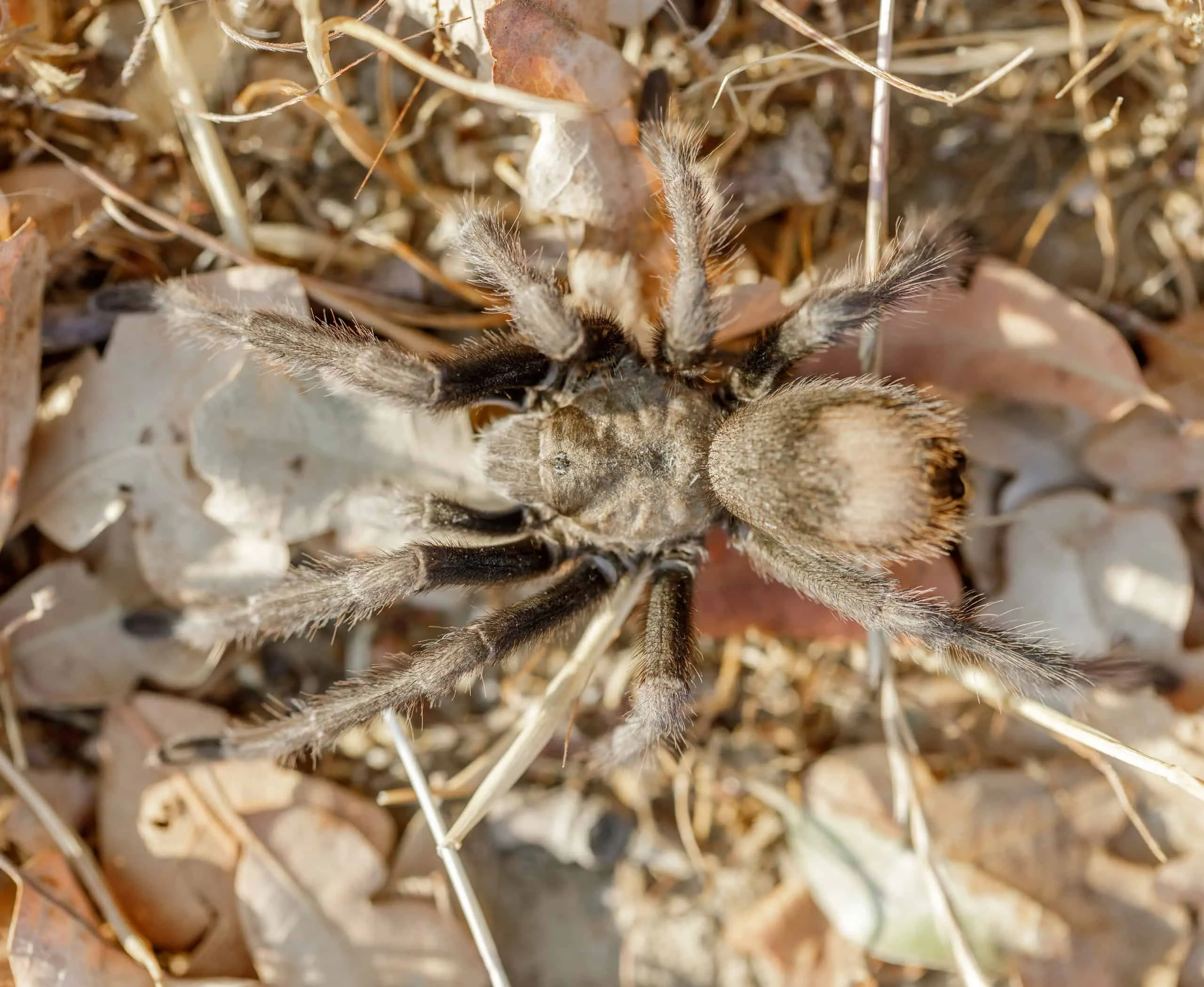
The venom of a California tarantula is not usually deadly to humans. Their venom primarily serves to subdue their prey. Though a bite can cause some localized pain, swelling, and redness, it is not usually life-threatening. However, allergic reactions are possible, so medical attention should be sought if severe symptoms occur. The venom has evolved to be effective against insects, which is the main reason it is relatively harmless to humans.
Bite Symptoms and Treatment
Common symptoms of a California tarantula bite include pain, redness, swelling, and itching at the bite site. Some individuals may experience muscle cramps or nausea. Treatment generally involves cleaning the bite area with soap and water and applying a cold compress to reduce swelling. In case of severe symptoms, such as difficulty breathing or signs of an allergic reaction, immediate medical attention is necessary. Proper handling and awareness are essential in the event of a bite.
Conservation Status of California Tarantulas
California tarantulas are generally not considered endangered, but they face threats from habitat loss, pesticides, and the pet trade. Conservation efforts are vital to maintaining their populations and protecting their habitats. Their status reflects the interplay of human activities and natural ecosystem processes.
Threats to their Survival
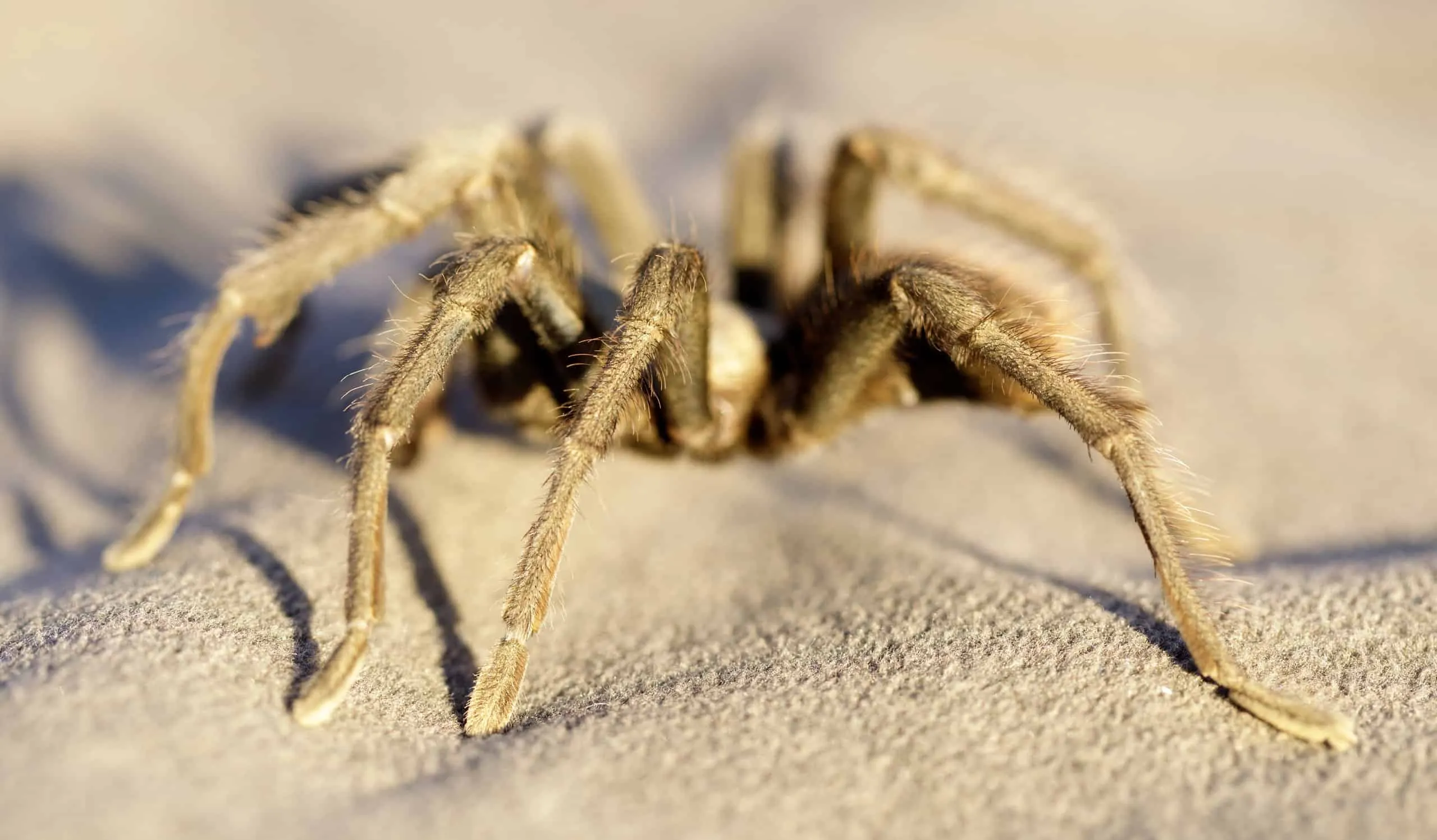
Habitat loss due to urbanization and agriculture is a major threat to California tarantulas. Pesticide use can directly affect them, reducing the availability of food. The pet trade also poses a potential risk, as tarantulas are collected from the wild. These threats highlight the need for environmental protection and responsible practices. The long-term survival of the California tarantula hinges on addressing these challenges.
Conservation Efforts
Conservation efforts include habitat preservation, responsible land management, and public education. Supporting organizations that work to protect these habitats is vital. Promoting awareness about the importance of spiders in the ecosystem and discouraging irresponsible collecting practices helps support conservation. Community involvement and education are key to ensuring that future generations can admire these amazing spiders.
Interesting Facts and Trivia
California tarantulas possess many interesting traits that fascinate both scientists and enthusiasts. Their behavior, their lifespan, and their interactions with the environment are all noteworthy. Their adaptations provide insights into the natural world and help us appreciate these creatures. These facts make them a compelling subject of study.
Unusual Behaviors
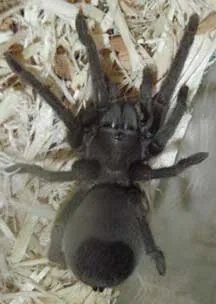
One unusual behavior is their defensive posture, which involves raising their front legs and displaying their fangs. They may also flick their urticating hairs toward perceived threats. Another interesting behavior is the male’s search for a mate, which often leads to them being seen crossing roads in large numbers in the fall. Their unique behaviors are crucial for survival and reproduction, contributing to their survival in the wild.
Lifespan
Female California tarantulas can live for an exceptionally long time, up to 25 years in the wild. Males, on the other hand, have a much shorter lifespan, often only living for a few years after reaching maturity. The length of the lifespan reflects the differences in their role in reproduction. The long lifespan of females is a testament to their survival skills.
